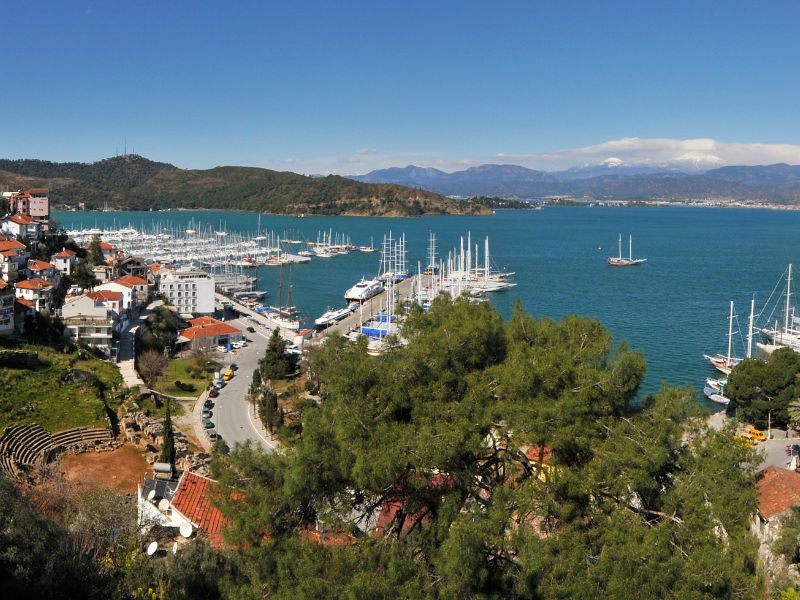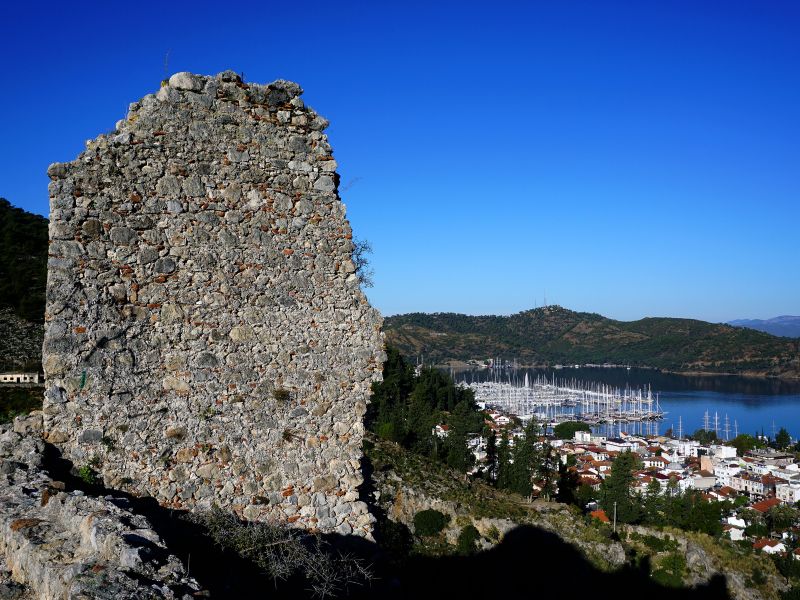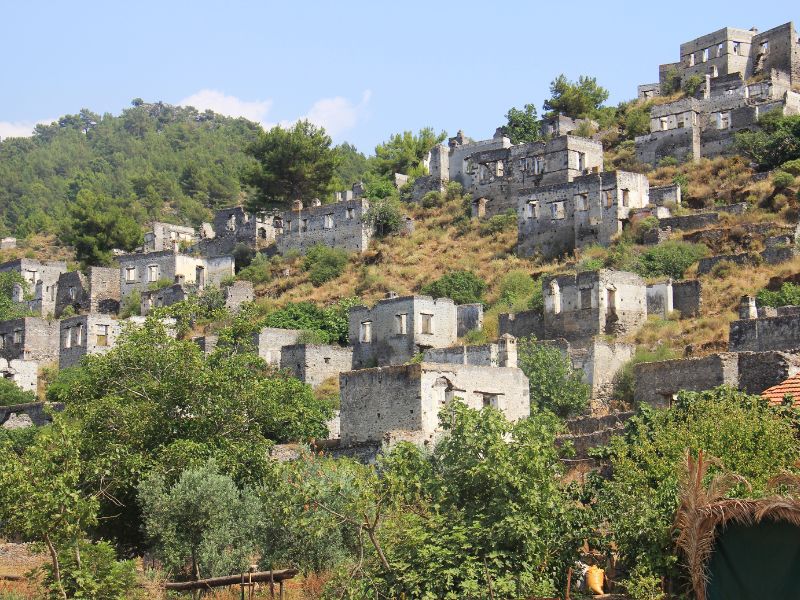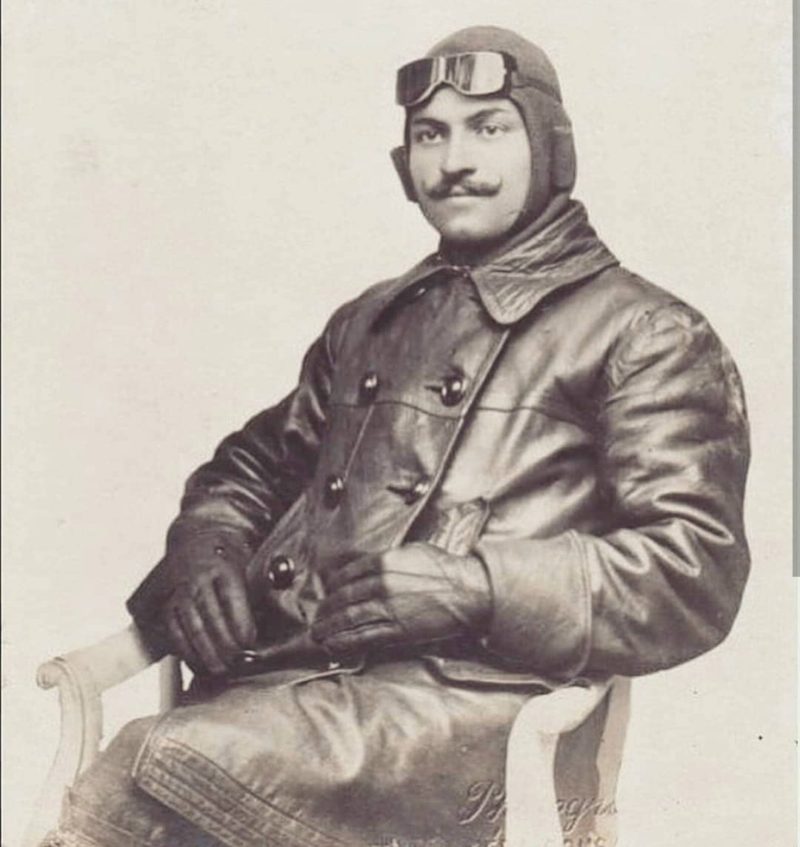History of Fethiye
Fethiye, located on the Mediterranean coast in modern-day Turkey, has a long and rich history dating back to the ancient city of Telmessos. According to legend, Telmessos was named after the son of the Greek god Apollo and a daughter of Antenor, who was a host to Odysseus and Menelaus during the Trojan War. The suffix “-ss” in the name suggests that the city dates back to the third century B.C., although this is not yet supported by any documentation.
Telmessos was known for its prophecy, and was famous throughout Asia Minor and beyond. In fact, Alexander the Great relied on the prophecies of Aristander, the prophet of Telmessos, to save him from betrayal during his campaigns. Strabo, a Greek historian, described Telmessos as being located on the Lycian mountains near the town of Telmessos and its port. Many inscriptions found in the area of modern Fethiye also bear the name Telmessos, further supporting the theory that the ancient city was located in the same place as present-day Fethiye.

For a long time, Telmessos was an independent city, but it was not immune to colonization. In 545 B.C., the Persians, under the command of Harpagos, invaded Lycia and took control of Caunus and Telmessos. During the years 535 and 33 B.C., Telmessos and the rest of the Lycian cities were ruled by the first satrap. In 446 B.C., prior to the Euremedon War, Telmessos was included in the list of Lycian cities that broke away from the Persians and joined the Attic-Delos Naval Union, paying taxes in some years. Telmessos was once again ruled by the Persians in 390 B.C., with a Lycian dynast, Artumpara, acting on their behalf.
In 362 B.C., the Lycians joined in a satraps uprising against the Persians, but the rebellion was put down by Maussoos of Halicarnassus, who sided with the Persians. The region was then divided into western and eastern Lycia, with Telmessos falling under the rule of Caria. This situation lasted until the conquests of Alexander, who took control of Halicarnassus and Telmessos. According to legend, Telmessos welcomed Alexander into the city without resistance, thanks to a trick played by the commander Nearchus.
After Alexander’s death, Telmessos fell under the control of the Ptolemaic dynasty of Egypt, and later came under Roman rule. The city prospered during this time, and was known for its sculptors, who produced many fine works of art. Telmessos continued to thrive under the Byzantine Empire, but was eventually conquered by the Seljuk Turks in the 11th century. Today, the ancient city of Telmessos can still be seen in the ruins that remain in Fethiye.

The city was known as Makri in the 11th century, when Turkish clans settled in the region. In the 13th century, the Mongols invaded the area and the Selchukian state was divided into beylics, with Megri (as Makri was known in Turkish) being seized by the Mentese beylic. The Byzantines opposed Turkish domination in the region and sent General Alexi to try and take back the land, but he ended up joining forces with the Turks and was killed in an uprising. The Mentesogullari defended the region against the Rhodion knights and prevented the conquest of their land.

However, in 1390, the Ottoman beylic, with its well-established state in and around Iznik, annexed more land and the Mentese beylic became part of the Ottoman Empire under the rule of Yildirim Beyazit. Ahmet Gazi of the Mentese beylic fought against the Ottomans and had a medresseh (theological school) built in Megri, which was later destroyed by the Venetians. After Ahmet Gazi’s death in 1391, the Mentesogullari lost all their property and sided with Timur against the Ottomans, leading to the restoration of their original lands. However, during the power struggle among the sons of Yildirim Beyazit, the region was devastated by Mehmet Celebi for supporting Isa Bey. In 1424, the Teke beylic and in 1426 the Mentese beylic were conquered by the Ottomans. The region was then dominated by the papal forces, the Venetians, and the Rhodian knights.

In the late 19th century, the name Mentese was removed and the region became part of the area ruled by the Pasha of Mugla. Megri was established as a municipality in 1874, with Hadji Nikola of Rhodes as its first mayor. In 1914, the municipality council changed the name of Megri to Fethiye in honor of Fethi Bey, the first Turkish air force pilot who died in a crash. After the end of World War I and the dissolution of the Ottoman Empire, Fethiye became part of the Republic of Turkey. The Fethiye region is also known as Beskaza (five subdivisions) though the origin of his name is not clear. Most probably, during the rule of the Mentese beylic, there was a central Qadi ( administarator) with asistants in five regions and thus Fethiye was known as Beskaza by the local people. This name was so popular that it is mentioned in folk songs and folk dances, Today the city is a popular tourist destination known for its beautiful beaches, ancient ruins, and natural beauty.